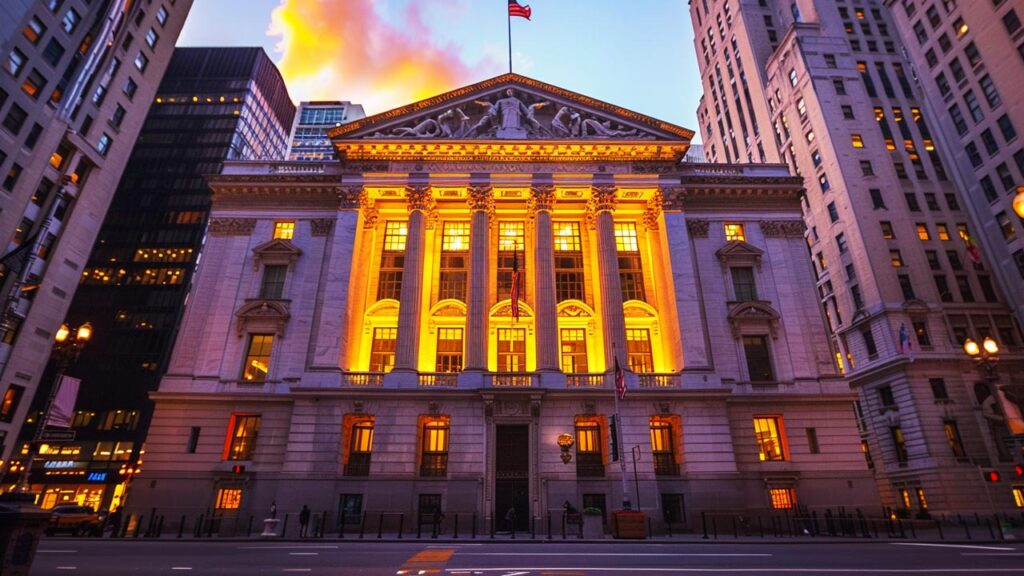Here’s a really unique way to own gold
by Simon Black, Sovereign Man:

Last week we dove into a series about different ways to own gold. And I explained in that first article why it’s a great idea to own physical bullion– gold you can hold in your hand.
With physical gold, there’s no middleman standing between you and your wealth. And when properly stored, it’s very difficult for some frivolous creditor or out-of-control government agency to steal it.
When it comes to physical gold, I explained that I prefer gold coins over gold bars.
Gold bars are completely non-uniform. A typical 400-ounce gold bar (like the ones you see in the movies, or that you imagine are stacked up in Fort Knox) could weigh as little as 350 ounces, or as much as 430 ounces. They’re all different.
On the other hand, 1-ounce Canadian Gold Maple Leaf coins are generally all the same. They’re uniform… minted and crafted to the exact same standard.
The uniformity of gold coins like the Canadian Maple Leaf makes them much easier to buy/sell.
If you want to buy or sell a gold bar, it has to be weighed and assayed with special equipment first. But if you want to buy or sell a Maple leaf, it’s simple– because the coins are pretty much all the same.
Now, there’s one special sub-category of gold and silver coins that are worth mentioning: collectible coins.
Collectible coins, just like Canadian Maple Leaf coins, have value because of their gold or silver content.
But collectibles also have additional value for their rarity.
Whereas the Royal Mint of Canada produces new Maple Leaf coins every single year, no one can go back in time to mint more Venetian gold ducats from the 14th century. There’s only a fixed number of those coins in existence.
Because of that, collectible coins sell for a significant premium to the value of their gold or silver content.
This concept of ‘premium’ is an important one: ALL coins, whether a rare coin or a bullion coin like a Canadian Maple Leaf, generally sell for an additional amount above the gold price.
That’s because, unlike a gold bar which is simply poured into a cast (and rather unevenly at that), a coin has a lot of craftsmanship that goes into the minting process. It’s more expensive to produce, therefore it costs a bit more.
That premium can be between $20 and $150 per coin.
As I write this article to you right now, the price of gold is $1,545 per troy ounce. But a 1-ounce Canadian Gold Maple Leaf is selling for $1,565– a $20 premium to the ‘spot’ price of gold.
But that $20 premium isn’t a sunk cost; if you ever sell your coin, your coin will be worth whatever the spot price of gold is in the future, plus the premium. So you’ll recoup the $20 down the road.
(In fact, in times of high demand for gold coins, premiums can increase significantly, so you could actually make even more money if you ever sell.)
With rare coins, however, premiums are MUCH higher. Remember, you’re not only paying for the gold/silver content in the coin, you’re also paying for its rarity.
That premium with rare coins could be hundreds, thousands, tens of thousands, or more.
Here’s an example– right now there’s a Venetian gold ducat from the early 1400s for sale on eBay for $1,000.
A gold ducat from that era contained 3.545 grams of almost pure gold. And based on the current gold price, there’s approximately $175 worth of gold in that coin… meaning that the coin’s rarity is worth $825. That’s the premium.
(If $825 sounds high, there are some rare coins which command premiums in excess of hundreds of thousands of dollars.)
One important point to remember about collectibles is that, unlike bullion coins, rare coins are not all equal.
There’s typically no price difference between a 2013 Canadian maple leaf and a 2018 Canadian maple leaf.
But there can be a significant price difference between a ‘Buffalo Nickel’ from 1913 and a Buffalo Nickel 1918. Prices vary based on the rarity from that particular year and model.
There can even be significant price differences between two of the same rare coins from the same year, depending on their condition.
Just like a ‘mint condition’ baseball card is worth more than the same card that’s heavily worn, coins in better condition fetch higher prices.
Loading...



